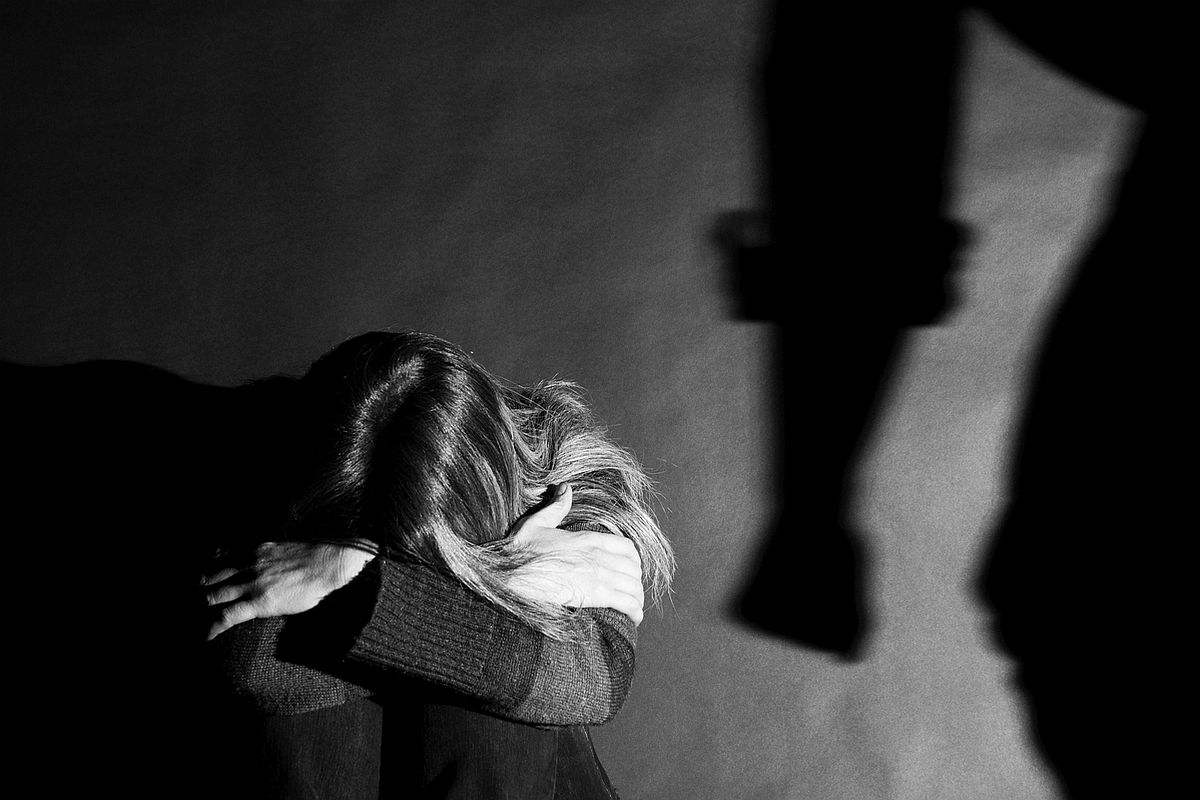For all the social distortions which Coronavirus has been able to bring into our life, it has not been able to breach the fortress of domestic violence. The strong sense of patriarchy which India quite humbly embraces is another illuminating feature of our society, the first being casteism.
There are two vivid ways in which patriarchy has been able to survive in Indian society. One of them is its ugliest version that is sexual abuse while the other – just as ugly – is domestic violence.
Advertisement
It needs to be understood that all these versions of abuse have a common source – the domination of might. Interestingly, while coronavirus is seen as a test for the world at large, it seemingly also is a graver test for women at large. Ever since the lockdown kicked in, cases of domestic violence have doubled (National Commission of Women has reported receiving more than 250 complaints through email and helplines). This does not seem quite so shocking if you are part of the Indian social structure. Many cases are of husbands who feel degraded at doing the daily household work and feel the heat of the economic slowdown.
They these men opt to vent out their anger on their companions, who to be honestly speaking cannot do anything as the lockdown forces everyone to be inside. Living with a threat 24/7 cannot be very easy for the mental state of an individual as well.
The National Commission of Women is making every effort to reach out to victims, yet the lockdown does have an effect on its working. There are other NGOs as well trying to provide helplines to deal with mental issues arising from this panic situation.
However, this is a classic case of ‘My Home is my castle’; the phrase is time and again used to symbolise the idea of privacy – that my house is my castle and no one has a right to interfere within the bounds of my castle and thus my privacy is safe and sound within my house. Interestingly, this English metaphor has been used in English jurisprudence for recognizing privacy and has been similarly used in American jurisprudence for recognizing privacy rights, the 4th Amendment of the American Constitution reads “…The right of the people to be secure in their persons, houses, papers, and effects, against unreasonable searches and seizures, shall not be violated, and no Warrants shall issue, but upon probable cause, supported by Oath or affirmation, and particularly describing the place to be searched, and the persons or things to be seized”.
This amendment time and again has been used for justifying the existence of ‘right to privacy’, right from the case of Olmstead v. U.S to Katz v. U.S to Griswold v. Connecticut.
Further, the same judgments became a basis for recognition of ‘Privacy Rights’ in India, which means the Supreme Court of India also endorses the idea of ‘My Home is My castle’. Interestingly, if Justice D Y Chandrachud’s opinion in the K.S Puttuswamy judgment, consisted of criticism of privacy as well, given by several philosophers. One such criticism against privacy was given by Catherine Mackinnon, a feminist legal scholar, who was against the idea of privacy, Mackinnon believed that when a man’s house is his castle, he may do anything he wants to do in his castle and that would include the idea of abusing his companion.
So, Mackinnon gives a patriarchal perspective of privacy, and bats against the idea of privacy, saying it can be a tool for perpetuating patriarchy within a household. If judged from the Indian perspective, privacy does augment the patriarchal grip. Coronavirus has been able to bring some of the hidden demons outside and the forced detention of all in their houses is bringing patriarchy up front. Patriarchy is a social demon, one which even the law cannot restrain.
However, this pandemic also teaches us that privacy should not be used as a tool for justifying social hooliganism. There has to be mediated formulae (apart from Protection of Women from Domestic Violence Act, 2005) wherein law and society come together to bring the menace of domestic violence to an end. The writer is Assistant Professor of Law, National Law University, Jabalpur.











